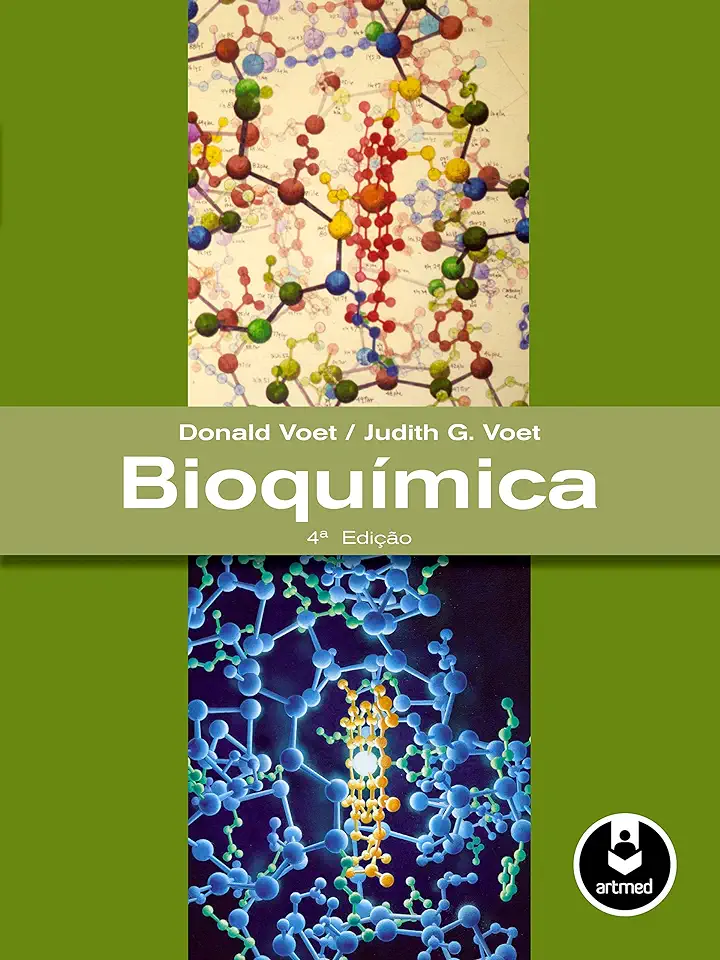
Biochemistry - Donald Voet / Judith G. Voet
Biochemistry: A Comprehensive and Engaging Exploration of Life's Molecular Basis
Unravel the Secrets of Life with Biochemistry
Biochemistry, the study of the chemical processes that occur within living organisms, is a fascinating and complex field that holds the key to understanding the very essence of life. In their comprehensive and engaging textbook, "Biochemistry," Donald Voet and Judith G. Voet present a masterful exploration of this intricate subject, offering readers a deep dive into the molecular basis of life.
A Comprehensive Guide to the Molecular World
Spanning over 1,500 pages, "Biochemistry" provides a comprehensive overview of the field, covering a wide range of topics, from the fundamental principles of biochemistry to the latest cutting-edge research. The book is meticulously organized into six parts, each delving into a specific aspect of biochemistry, making it easy for readers to navigate and explore the subject matter.
Part 1: The Molecules of Life
This section introduces the basic building blocks of life, including amino acids, proteins, carbohydrates, lipids, and nucleic acids. The authors provide a detailed examination of the structure and function of these molecules, laying the foundation for understanding the more complex processes that follow.
Part 2: Metabolism
In this section, readers delve into the intricate world of metabolism, the process by which cells convert nutrients into energy and building blocks. The authors explore the various metabolic pathways, including glycolysis, gluconeogenesis, the citric acid cycle, and oxidative phosphorylation, providing a comprehensive understanding of how cells generate and utilize energy.
Part 3: Gene Expression
This section focuses on the central dogma of molecular biology, which describes the flow of genetic information from DNA to RNA to protein. The authors delve into the processes of transcription, translation, and regulation of gene expression, providing insights into how cells control the synthesis of proteins.
Part 4: Protein Structure and Function
Proteins, the workhorses of the cell, are the focus of this section. The authors explore the intricate relationship between protein structure and function, examining the various levels of protein organization, from primary to quaternary structure. They also discuss the role of proteins in enzyme catalysis, signal transduction, and immune response.
Part 5: Lipid Structure and Function
Lipids, essential components of cell membranes and signaling molecules, are explored in this section. The authors provide a detailed examination of the structure and function of various lipid classes, including phospholipids, steroids, and fatty acids. They also discuss the role of lipids in membrane fluidity, energy storage, and hormone signaling.
Part 6: Nucleic Acids and Genetic Information
This final section delves into the world of nucleic acids, the molecules that carry and transmit genetic information. The authors explore the structure and function of DNA and RNA, the processes of DNA replication, repair, and recombination, and the mechanisms of gene regulation.
A Wealth of Learning Resources
In addition to the comprehensive text, "Biochemistry" is accompanied by a wealth of learning resources that enhance the reading experience. These resources include:
- Over 1,000 full-color illustrations and diagrams that visually explain complex concepts.
- Detailed chapter summaries that reinforce key concepts and facilitate review.
- Thought-provoking end-of-chapter questions that challenge readers to apply their knowledge.
- Interactive online resources, including animations, quizzes, and practice exams, that provide additional support and engagement.
A Must-Have for Biochemistry Enthusiasts
"Biochemistry" by Donald Voet and Judith G. Voet is an essential resource for students, researchers, and professionals in the field of biochemistry. Its comprehensive coverage, engaging writing style, and wealth of learning resources make it an invaluable tool for anyone seeking to understand the molecular basis of life.